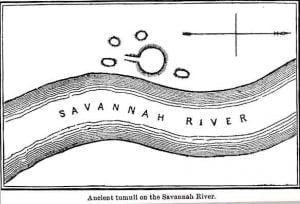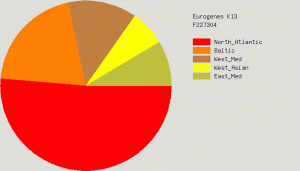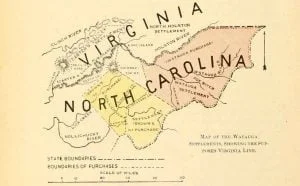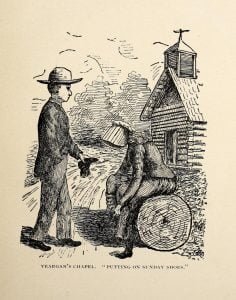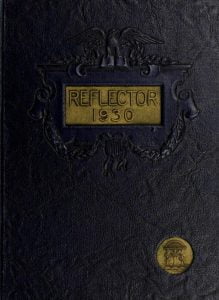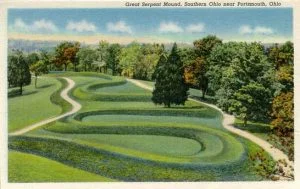Dahlonega Georgia in 1848
Dahlonega, Georgia, April, 1848 The Cherokee word Dah-lon-e-ga signifies the place of yellow metal; and is now applied to a small hamlet at the foot of the Alleghany Mountains, in Lumpkin County, Georgia, which is reputed to be the wealthiest gold region in the United States. It is recorded of De Soto and his followers that, in the sixteenth century, they explored this entire Southern country in search of gold, and unquestionable evidences of their work have been discovered in various sections of the State. Among these testimonials may be mentioned the remains of an old furnace, and other works … Read more

